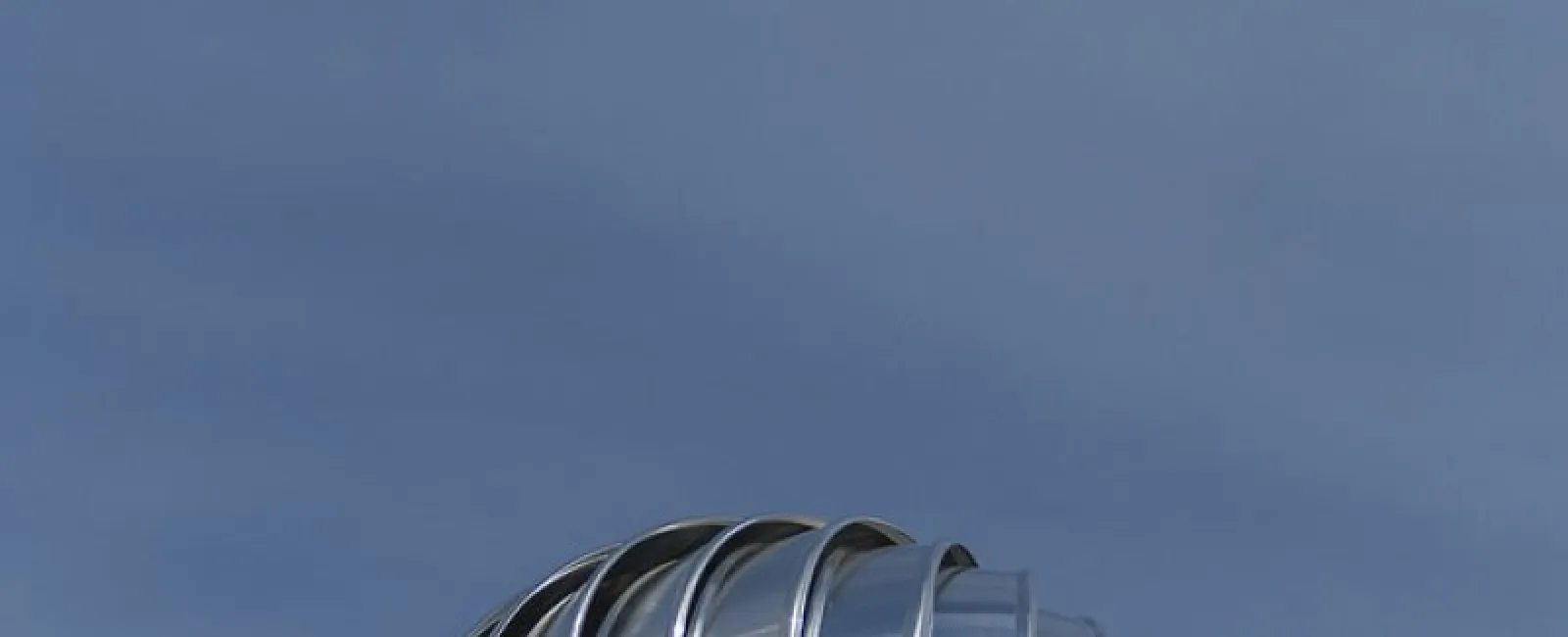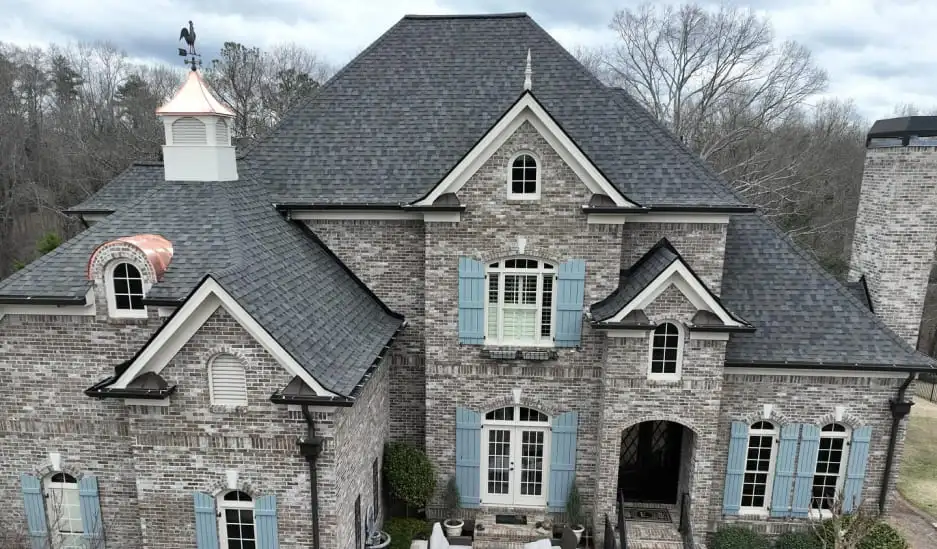You’ve probably seen them – those round little knobs poking up from residential rooftops. Those are turbines (also known as whirlybird vent), a type of roof vent that provides a valuable service no homeowner should overlook. Here’s what to know!
The turbine vent
While a turbine looks a little complex at first glance, it’s actually very simple. Much like a window, this round vent is powered by the wind. It houses a circular fan that’s very sensitive to breezes. When the wind blows the right way, it turns the fan, which in turn draws up air from the attic and disperses it. There are good reasons why you see these round vents on so many houses – let’s take a look at the advantages.

The benefits of using a turbine
- Attic ventilation: Roof vents need to move hot, humid air from the attic to the outdoors, so that humidity doesn’t build up and cause, mold, rot or other moisture problems that Findlay Roofing regularly sees when dealing with attic issues. Since turbines are attached directly to attic spaces, they can siphon away that moist air effectively. This feature is particularly useful in winter months, when homes are filled with rising warm air that needs to be dispersed.
- Alternative to ridge vents: Ridges vents are slits along the ridges below a roof. They are incredibly effective at venting hot attic air, but there’s not always room for them. When an attic space needs ventilation but there’s no more room for ridge vents, turbine vents are usually the next best solution. They are very flexible regarding placement, and there’s almost always room for them.
- No need for an energy source: Turbines are what we call passive vents, which means they don’t need an energy source to run – just a little bit of wind, which is usually present on rooftops even during relatively calm days. That means they move a lot of air without incurring any electric costs, ever. The only price you need to worry about is the installation cost.
- They rarely break down: Because of their simple, rounded design, turbine vents are rarely disturbed by anything outside of large debris. They can keep going for many years into the future with only simple maintenance.
Other considerations
While turbines may be durable, they can age, especially when exposed to frequent storms or attic moisture. The exposure causes rust, wear and other problems: A common issue with turbine vents is that they develop a “squeak” later on in life, which can grow irritating. Regular application of an oil like WD-40 can help prevent this problem, and high-quality models don’t suffer from the squeaks as much.
Additionally, installing a turbine requires careful cutting around shingles, placement, and at least a couple layers of sealant to fully protect. It’s usually a job best left to professionals. Fortunately, they do come in a variety of color patterns, so you should be able to find one that matches your roof.



